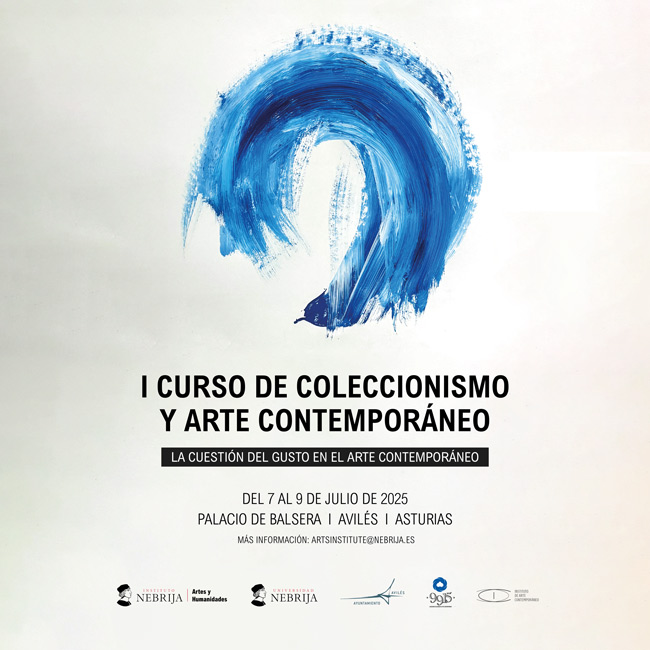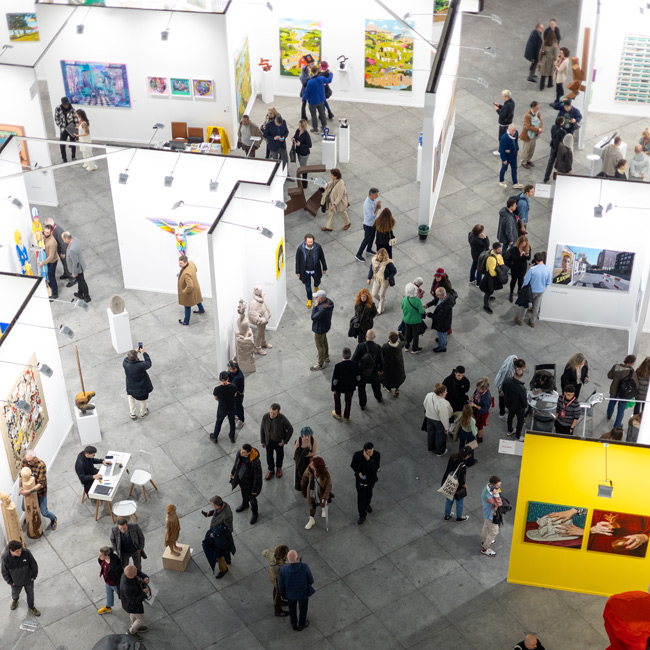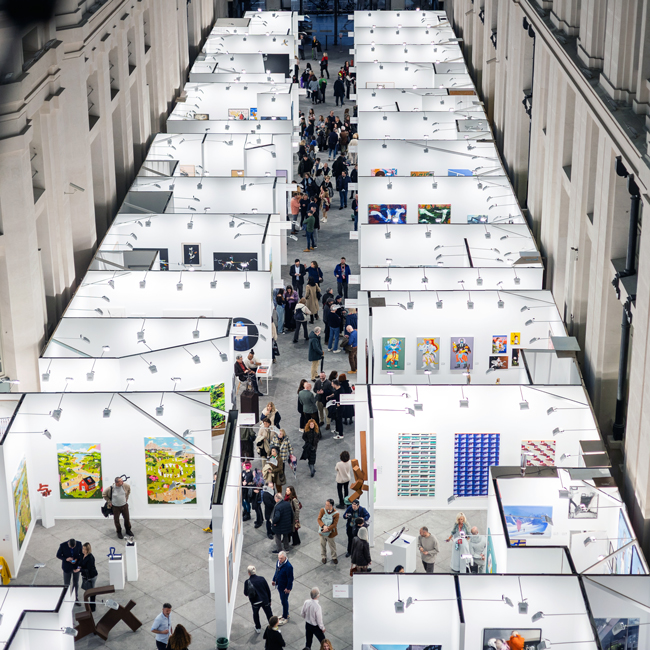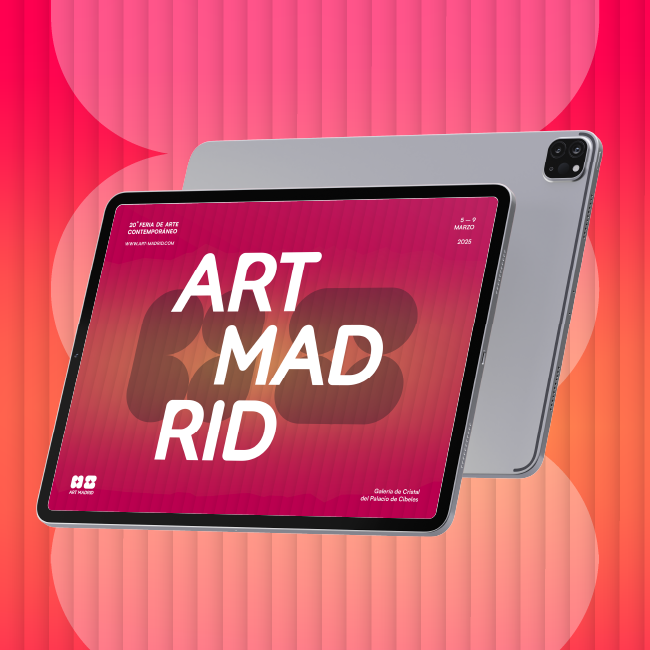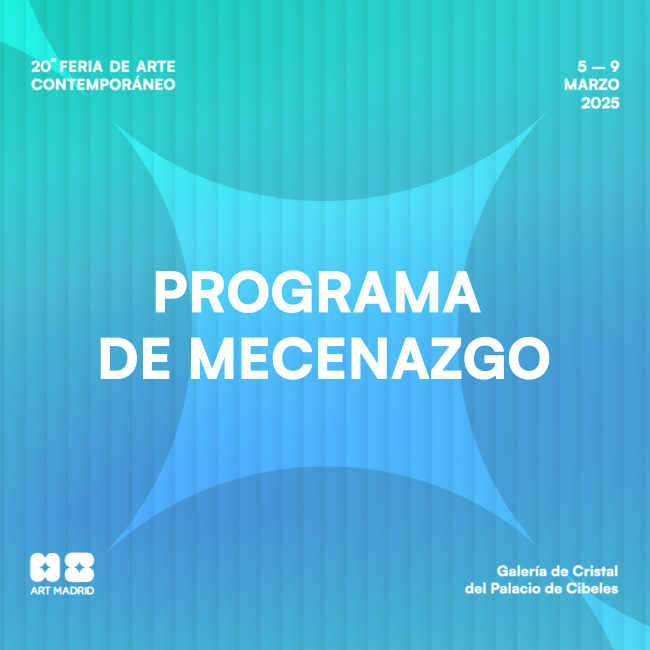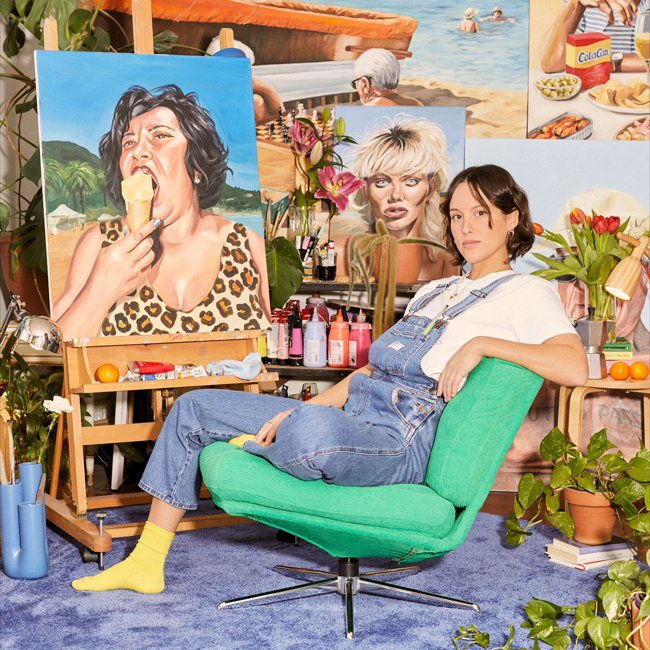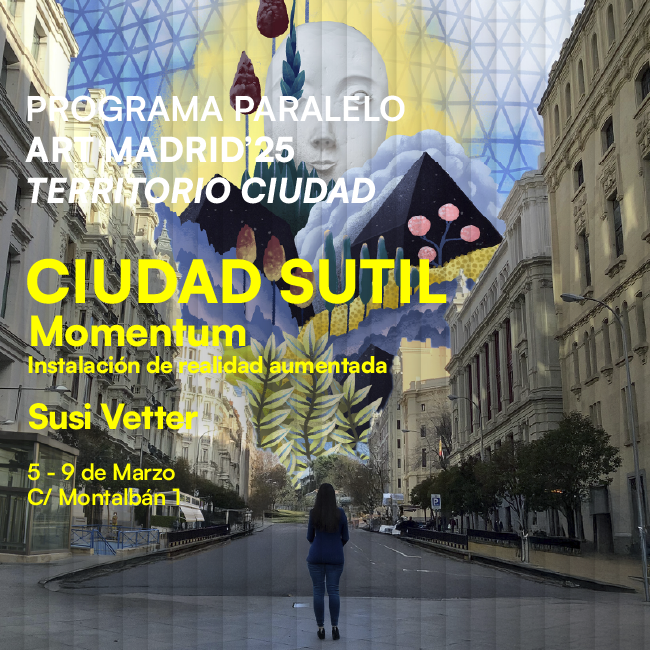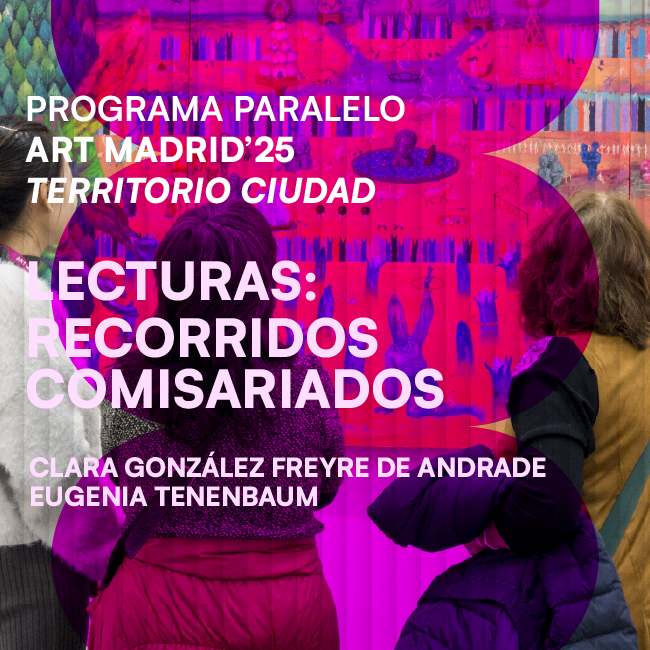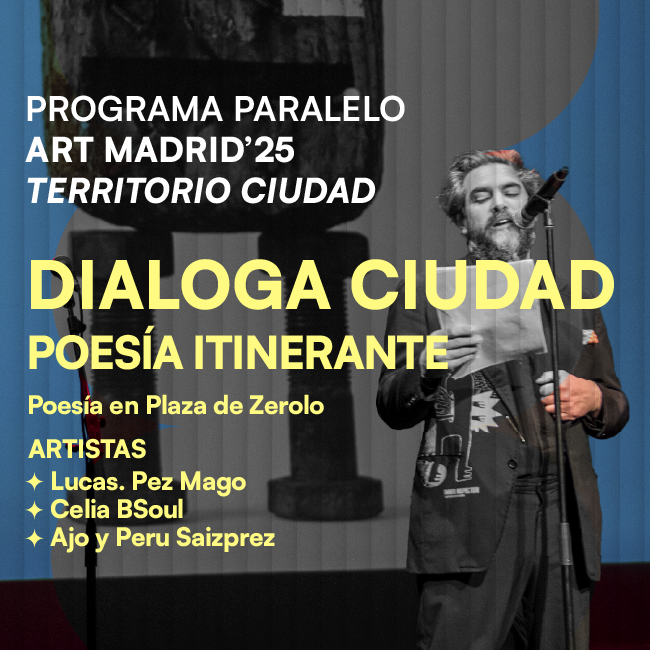INTERVIEW WITH LUIS MIGUEL RICO
Feb 17, 2022
art madrid

“My workshop is full of materials that are familiar to all of us due to their use in the field of Fine Arts, among which I highlight papers that I dye previously for later manipulation. All of them, appear randomly on my work table, add to my problems of composition, which I try to solve directly on the support of the work.
In this act of composing, for me it is essential that those materials that I use and arrange on the surface, connect and come to have a unitary meaning, giving rise during the creative process to the non-renunciation of my work as a playful way for the creation and production of my works. Parallel to my collage work, I present a series of works where I exclusively use the medium of painting. With them, I generate a series of forms, which maintain a certain link with my collage structures. I use spots of broken colors and other more saturated colors where the density of the paint, more or less liquid, also plays an important role”
These stain structures are simple in outline and try to have a spatial sense close to the work that I create with my work on paper; superposition of planes, whose form is integrated on top of the previous one, or not, allowing the viewer to understand the different work processes that the creation of each of the works goes through.
Interview:
What inspires you when you create?
When I create, I am inspired by any element that gives me strength in color, for example a sunset, a walk along the seashore or nature itself. When the whole issue of confinement happened to us, I was out in the street again, I am lucky to live near the countryside and I saw the blooming of spring, that strength, those colors, the shapes that reached me much more.
¿En qué has estado trabajando recientemente?
Recientemente he estado trabajando en composiciones partiendo de la base del collage, que son abstracciones geométricas, siempre ligadas un poco a la naturaleza y a la forma orgánica, y sobre todo la superposiciones de planos, unos más quebrados otros más saturados, buscando siempre la composición armónica.
What have you been working on recently?
Recently I have been working on compositions based on collage, which are geometric abstractions, always linked to nature and organic form, and especially the overlapping of planes, some more broken, others more saturated, always looking for a harmonious composition.
What do you expect from your participation in Art Madrid?
From my participation in Art Madrid I hope to make myself known to a wider and more specialized public, deal with other artists and generate some kind of synergy with them, maybe some collaboration and enjoy the experience.
How did you come to this type of work?
Through experimenting with different materials and supports, ideas came up, sometimes I put them aside and other times I took them as good, and other times what I had discarded at the end have come back again and I'm applying it again.
What do you intend to convey with your work?
When I see a work of art I feel a lot of emotion, in the end the good thing about the artist is that he is able to transfer the emotion to a pictorial work, or whatever it is. So from my humble state, I try to transmit part of what I feel, when creating a work, to the viewer.
Luis Miguel Rico participates at Art Madrid with Gärna Gallery, alongside with Fernando de Ana, Hayden Rearik, Lucia Gorostegui y Lars Zech




